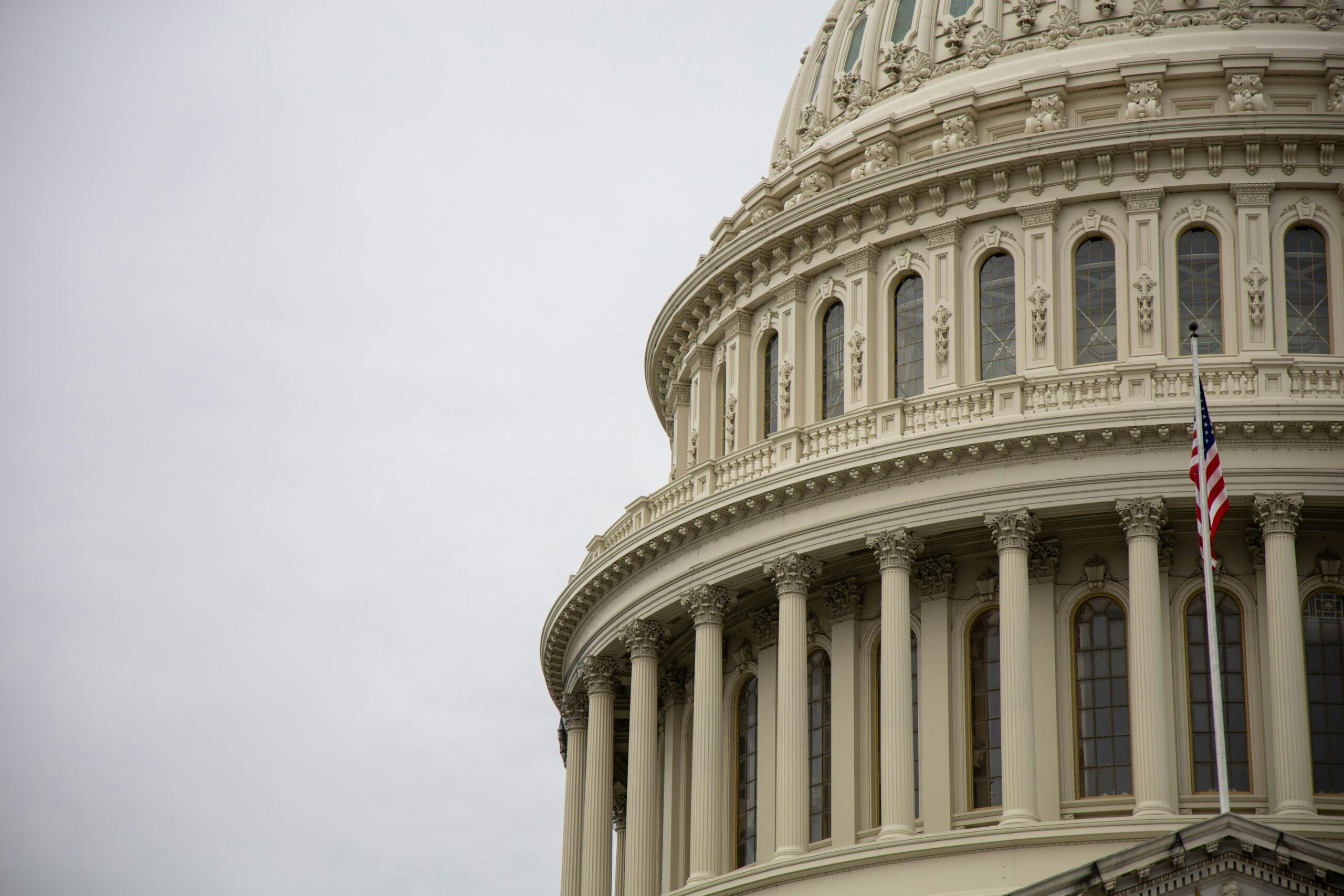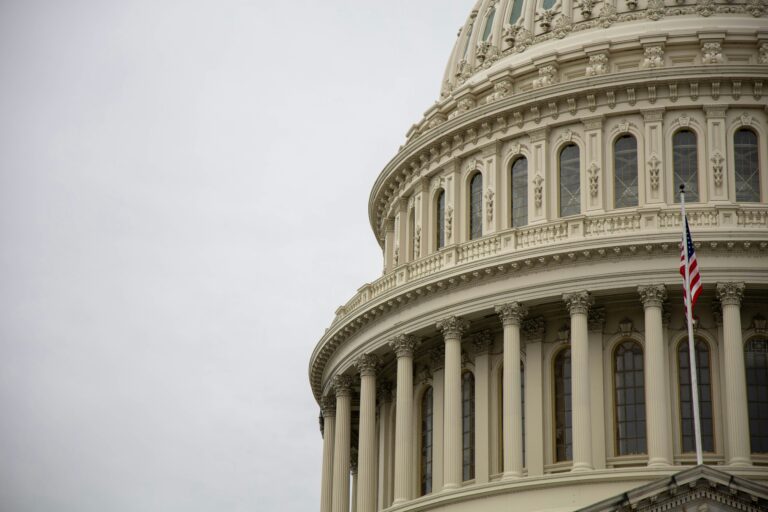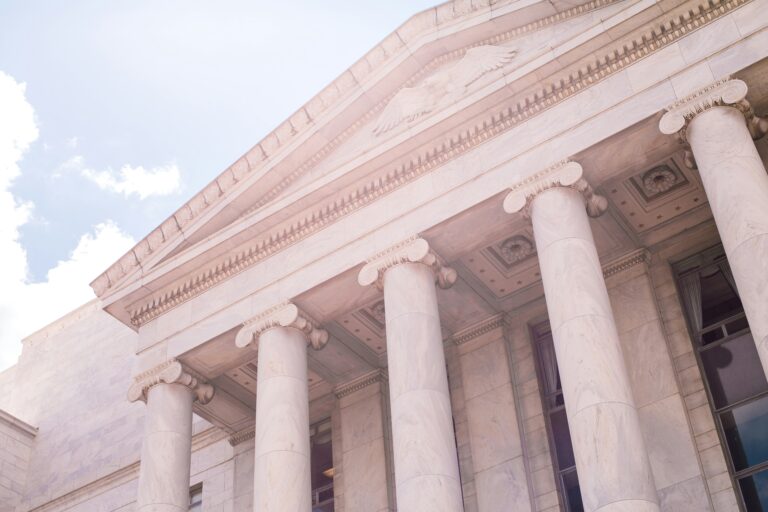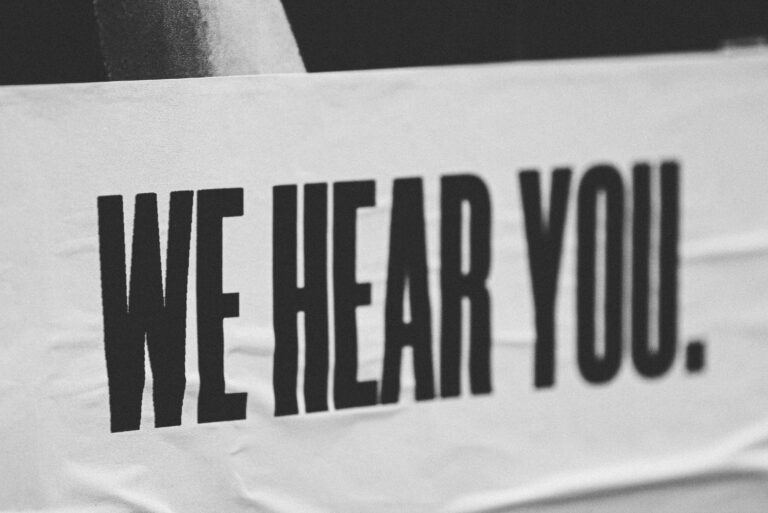
Introduction
Education is a cornerstone of any society, shaping the future by preparing young people for the challenges ahead. However, there is ongoing debate about how best to fund and organize education, particularly in the context of school choice, voucher programs, and public funding. Advocates of school choice argue that it empowers parents to choose the best educational setting for their children, while opponents worry that it undermines public schools and exacerbates inequalities. In this article, we will explore the debate over school choice, voucher programs, and public funding, and discuss their impact on educational equity.
Understanding School Choice and Voucher Programs
School choice is a policy that allows parents to choose the educational institution their child attends, rather than being limited to a school assigned based on geographic location. This choice can include traditional public schools, charter schools, private schools, or homeschooling. Voucher programs are one of the primary mechanisms used to facilitate school choice, providing parents with government-funded vouchers that can be used to pay for tuition at private or charter schools.
Proponents of school choice argue that it encourages competition among schools, leading to improved quality and innovation. By giving parents more control over their child’s education, they believe that school choice can help ensure that every child has access to a school that meets their individual needs. Voucher programs, in particular, are seen as a way to provide low-income families with access to private education that they might not otherwise be able to afford.
However, critics of school choice and voucher programs raise concerns about their impact on public education. They argue that diverting public funds to private and charter schools undermines the financial stability of traditional public schools, leading to reduced resources for the students who remain. Additionally, voucher programs may not cover the full cost of private school tuition, effectively limiting access for the very families they are intended to help.
The Impact of School Choice on Public Funding
One of the central points of contention in the school choice debate is the impact on public funding for education. Public schools are primarily funded through a combination of local, state, and federal funding, with local property taxes often playing a significant role. When students leave public schools to attend private or charter schools using vouchers, the funding that would have gone to the public school is often redirected, creating a financial strain on the public system.
Critics argue that this reduction in funding can lead to larger class sizes, fewer resources, and diminished extracurricular programs in public schools. This, in turn, can create a cycle of decline, where underfunded public schools struggle to provide a quality education, leading more parents to opt for school choice options, further exacerbating the funding shortfall.
Supporters of school choice counter that competition can drive public schools to improve. They argue that when public schools face the possibility of losing students to other options, they have a greater incentive to innovate and improve their offerings. Additionally, they contend that public funding should follow the student, allowing parents to choose the best educational environment for their child, rather than being tied to a specific school based on their address.
Educational Equity: Who Benefits from School Choice?
The debate over school choice and voucher programs is closely tied to questions of educational equity. Proponents argue that school choice can help level the playing field by giving low-income families access to better educational opportunities. In many cases, voucher programs are targeted specifically at low-income families, providing them with options that were previously only available to wealthier households.
However, the reality is more complex. Critics argue that voucher programs often fail to provide sufficient funding to cover the full cost of private school tuition, meaning that many low-income families are still unable to afford private education, even with a voucher. Additionally, private and charter schools may not be required to accept all students, potentially leaving behind those with special needs or behavioral challenges.
Moreover, there is evidence that school choice can exacerbate segregation along racial, economic, and ability lines. Private and charter schools may have selective admissions processes, and families with more resources—such as time, transportation, and knowledge of the system—are often better positioned to take advantage of school choice options. As a result, school choice can lead to a concentration of disadvantaged students in underfunded public schools, further entrenching educational inequities.
Case Studies: Successes and Challenges of School Choice
- Milwaukee Parental Choice Program: Milwaukee was one of the first cities in the United States to implement a large-scale voucher program. The program aimed to provide low-income families with access to private education. While some studies have shown positive outcomes for students who participated in the program, others have found mixed results, with little overall improvement in academic achievement compared to public school students. The impact on public schools has also been a subject of debate, with critics arguing that the diversion of funds has harmed the city’s public school system.
- Charter Schools in New Orleans: After Hurricane Katrina, New Orleans underwent a dramatic transformation of its education system, with most public schools being replaced by charter schools. Proponents argue that the charter school system has led to significant improvements in student outcomes, including higher graduation rates and improved test scores. However, critics point to issues of equity, noting that the system has struggled to serve students with special needs and that the benefits have not been evenly distributed across all demographic groups.
The Role of Government in Ensuring Educational Equity
The debate over school choice raises important questions about the role of government in ensuring educational equity. Public education has traditionally been seen as a public good, with the goal of providing every child with equal access to quality education. Critics of school choice argue that it undermines this goal by diverting resources away from public schools and creating a system where access to quality education is determined by a family’s ability to navigate the choice process.
To address these concerns, some policymakers have proposed reforms aimed at ensuring that school choice programs are equitable and that public schools are adequately funded. For example, some voucher programs have implemented income caps to ensure that they are targeted at low-income families. Others have proposed increasing funding for public schools to ensure that they have the resources needed to compete and provide a high-quality education for all students.
Conclusion
The debate over school choice, voucher programs, and public funding for education is complex and deeply intertwined with issues of equity and access. While proponents of school choice argue that it provides families with the freedom to choose the best educational environment for their children, critics warn that it can undermine public education and exacerbate inequalities. The experiences of cities like Milwaukee and New Orleans highlight both the potential benefits and the challenges of school choice policies.
Ultimately, the goal of education policy should be to ensure that every child has access to a high-quality education, regardless of their background or circumstances. Achieving this goal will require careful consideration of how to balance the benefits of school choice with the need to maintain a strong and equitable public education system. By addressing the challenges and ensuring that all students have the opportunity to succeed, policymakers can create a more just and effective education system for future generations.




